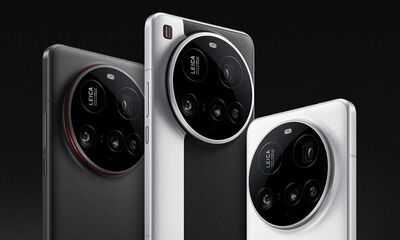
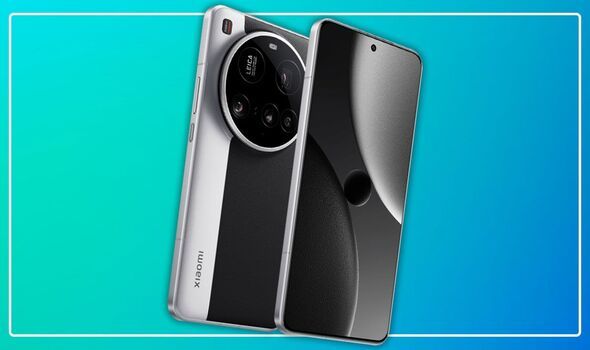
When you think of the best phone cameras, you understandably may think of the latest high-end , Galaxy or even Pixel phone. But I'm here to tell you that the best camera on any phone you can buy in the UK right now is from a company you might not have heard of.
If your number one concern when buying a new smartphone is the quality of its camera (and money is no object) then the best you can get right now is .
Xiaomi is a Chinese brand that has long been in the Android smartphone game. It has sold its phones on these shores for many years, flitting between trying to compete in the flagship and budget markets. Last year, I was incredibly impressed with the , calling it the best camera on any phone. The mantle has now passed to the 15 Ultra.
In an age where the phones on most smartphones are actually pretty great, what makes this one so good? In two words, sensor size. The main camera lens on the Xiaomi 15 Ultra is a 1-inch sensor, rare to find on a phone and much larger than what you'll find in the , or . The bigger sensor lets in more light and captures more data, as well as allowing for natural depth of field, creating the bokeh effect you'd expect from a full frame camera, without the need for the software-driven portrait modes on phones with smaller sensors.
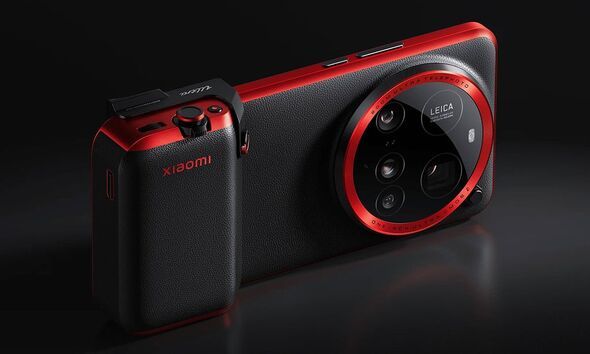
To underline its confidence that this is a camera-first phone, Xiaomi sells a for the phone, incorporating a protective case and a grip that slots into the USB-C port and provides a shutter button, zoom control and optional thumb grip, as well as a little bit of extra battery power. It turns the phone into a full on point and shot camera, and it is fun to use. There's even a wheel to adjust the ISO, the level of light let into the sensor.
It's fun, but I actually found I preferred shooting without it. Using the kit disables tap to focus and needing to adjust the ISO was a little tricky. I like taking photos, but part of the 15 Ultra's charm is that it is doing some of the work for you, like all smartphone cameras do. Using the grip requires more patience and photography expertise.
Thanks to a partnership with famed camera firm Leica, Xiaomi offers an 'Authentic' and 'Vibrant' filter through which to shoot with the main lens, giving different nuances in tone. They both deliver results much closer to a DSLR than other phones do, with a beautiful warmth and depth of field. Xiaomi isn't afraid to let shadows be shadows and for darkness to remain accurate. One of my biggest gripes with iPhone photos is they often artificially brighten images and flatten depth into one plane. Not so with the 15 Ultra. What you see is often what you get.
Much like the Galaxy S25 Ultra, the 15 Ultra has an ultra-wide lens as well as two separate optical zoom lenses for different focal lengths. Both are of better quality than the Samsung's. You get a 50MP 3x optical telephoto and a 200MP 4.3x optical periscope telephoto, the latter the reason for the obtuse camera module, as it needs the physical depth to fit the sensor and mirrors in.
This lens is also the main upgrade over the otherwise very similar Xiaomi 14 Ultra's camera setup, and it's a treat. The 4.3x focal length is great for street photography and getting interesting perspectives, and the sensor is good enough to focus on the foreground or background. The availability of Leica colour filters opens up more creativity and feels like you're using a camera, not a phone.
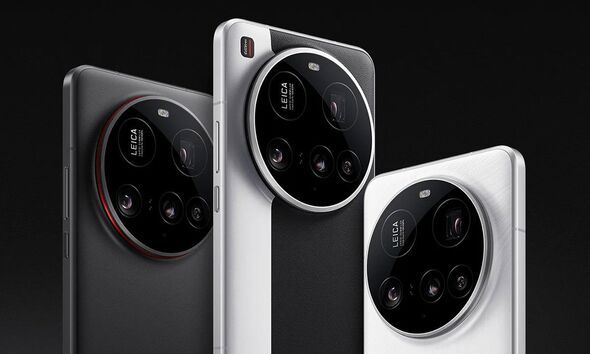
Chuck in a swathe of additional tools such as super macro mode, video at up to 8K and a full Pro mode including the ability to shoot in RAW makes this a fully rounded experience. At times, I forgot I was testing a phone, hence this write up's camera-first approach. As I said, it's a camera-first phone.
The main downside to the 15 Ultra is Xiaomi's software. It's much improved over older phones from the firm but it still irks. Xiaomi changes too much of what's good about Android to make it more like the iPhone's iOS, including limiting you to only four columns of apps on the home screens and dumbing down notification interaction. I also found putting the phone in my preferred dark mode meant it was sometimes impossible to read notifications as they tuned text to grey against a similar notification colour.
Little bugs like this spoil the experience and means the phone doesn't always feel like its £1,299 price tag, superior camera aside. There's the Snapdragon 8 Elite chipset, 16GB RAM, 512GB storage, IP68 water and dust resistance, eSIM, Android 15 with the promise of four years of updates (disappointingly few compared to rivals) and a 5,410mAh battery that excels because it uses the newer silicon-carbon battery tech that is more efficient that lithium-ion. It can charge fast at 90W, but the charger ain't in the box, as per the rest of the industry in 2025.

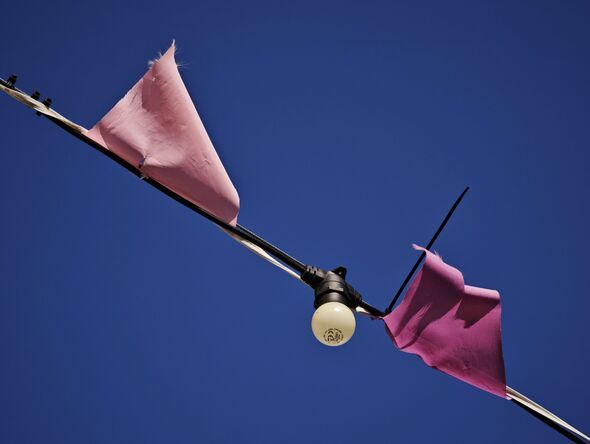


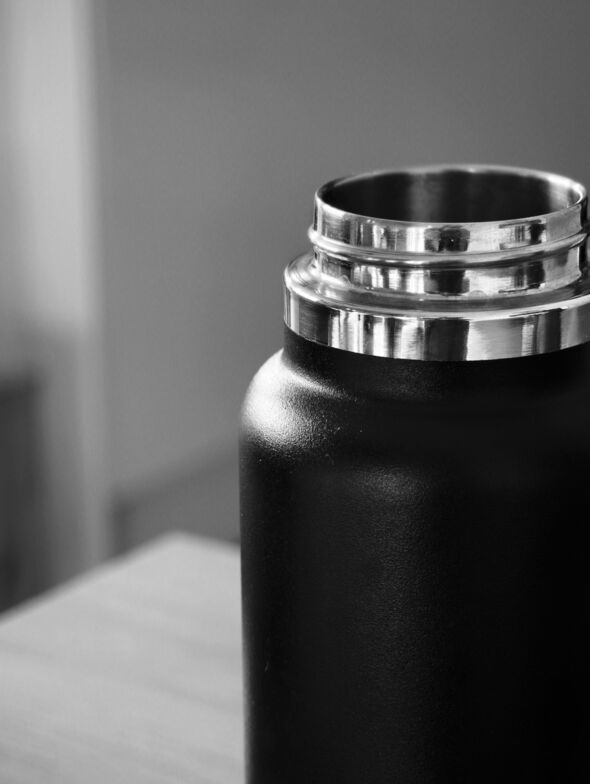
If this all sounds like a little too much phone and money for you, there is the regular Xiaomi 15 too. It lacks the 1-inch sensor but its triple 50MP cameras are still excellent, offering the same Leica filters and general styles, with a little less versatility and a step down in overall image quality.
Its 6.36-inch AMOLED is much more pocketable than the 15 Ultra's enormous 6.73-inch, but it is lower resolution than the pricier phone. I was impressed with its battery life though, making this a two-day phone with moderate use. The same reservations on slightly iffy software apply, including, across both phones, an annoying amount of bloatware you have to (or can't uninstall). The final insult is when Xiaomi sometimes displays ads in its software - unforgivable when you've paid £1,299 for the Ultra or £899 for the Xiaomi 15.
It's that £899 price tag that, unfortunately, somewhat hobbles the regular 15. Though excellent, it's hard to recommend it when it's £100 more than the Galaxy S25, which gets seven years of software support and whose cameras are closer in quality, and whose software is far more polished.
I can forgive these pitfalls on the 15 Ultra though, because it's a camera with a phone attached to it. If this sounds good to you, you won't be disappointed. For everyone else, there's Apple, Samsung or Google for hundreds less.